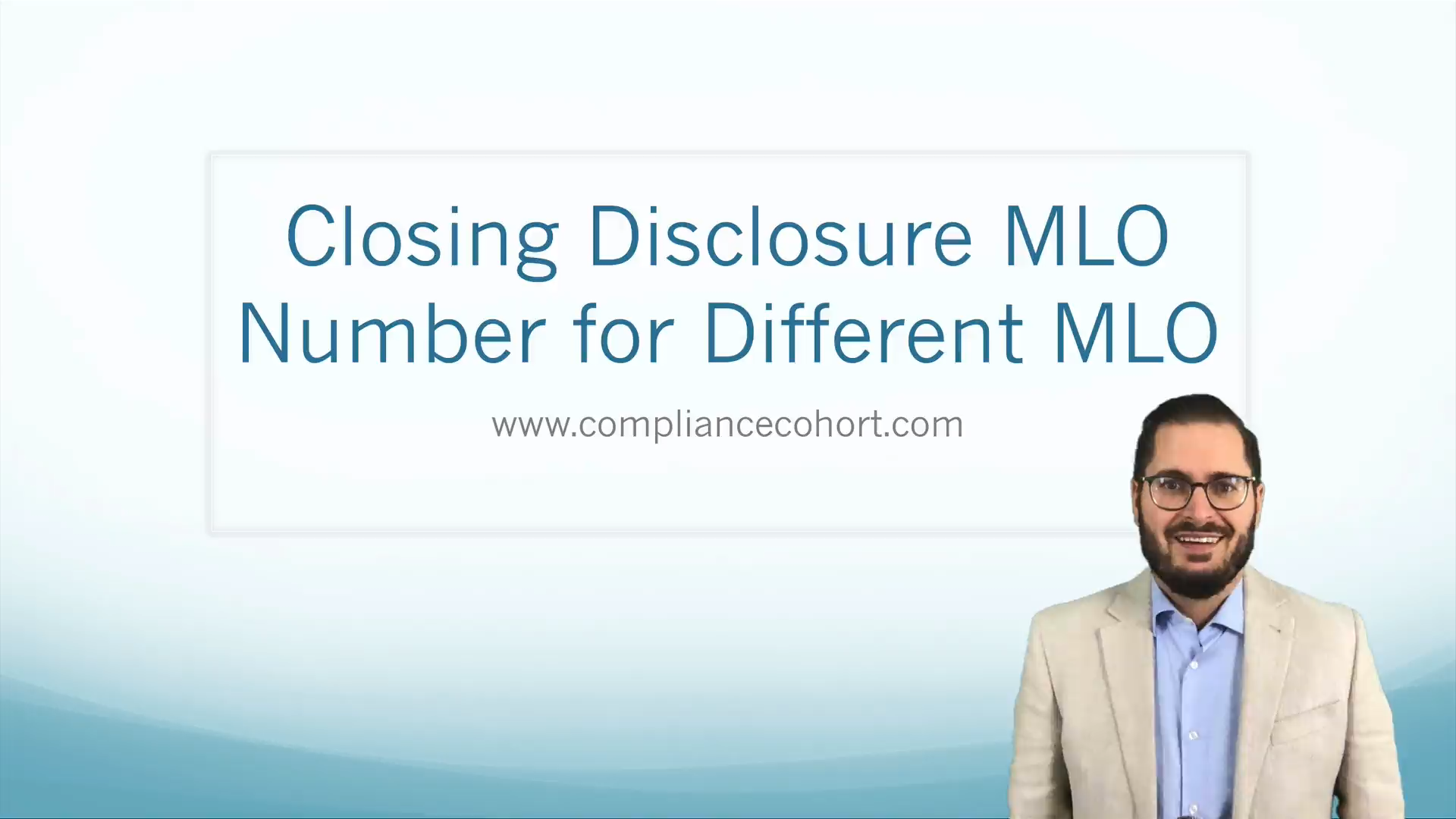In this Compliance Clip (video), Adam explains what NMLS should go on the Closing Disclosure when one lender issued the Loan Estimate, but a different loan officer is now assigned to the loan. This situation can be tricky for financial institutions that don’t have much turnover with their lending staff. Fortunately, Adam busts out some commentary to guide the way on how to comply.
Welcome to the Compliance Cohort. We are a group of compliance professionals working to make compliance easier. Our goal is to take complex compliance concepts and put them in simple terms that apply to the real world. We are glad you have found us and look forward to collaborating in the future.
If you haven't done so already, make sure you sign up for our free membership where you get access to many member-only videos, articles, and other resources.

